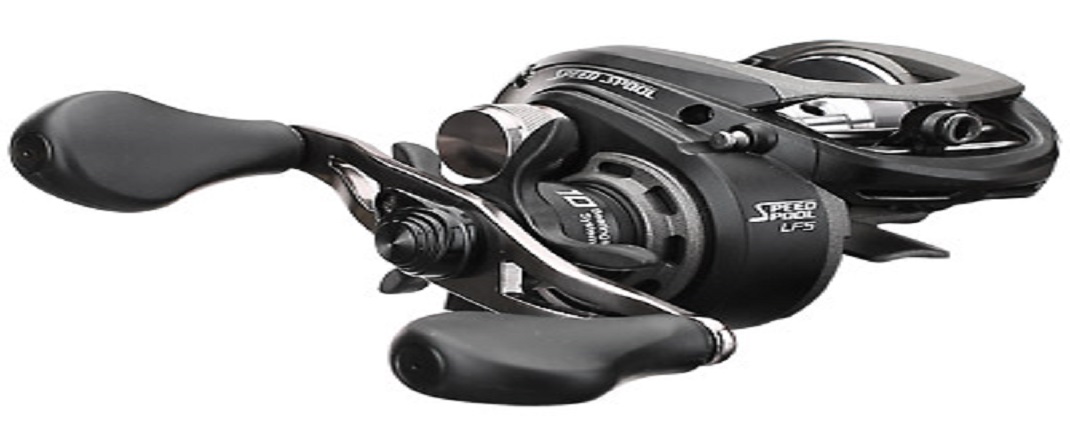
Choosing the Right Reel
- By BBX Admin 1
- 0
What to look for when you are buying a new reel
Now let’s not try and hash out which brand of reel is the “best”. That’s your personal decision at this point. Rather, let’s hash out some technical aspects. What does all that “gear ratio” and “inches per turn” jargon mean anyway? Let’s discuss bait cast reels and hopefully give you a much better idea as to what kind of reel you’re going to need, even if you may not be certain of what that is upon heading to your favorite local retailer or logging into the computer to browse the online selecteion. The ultimate goal in different gear ratios per manufacturer is to be a well rounded angler when it comes to covering several different types of techniques.
We’ll outline that in a minute, but, let’s discuss some basics about a reel. The term “gear ratio” on a reel, like 5:1.1, 6:4.1, 7:1.1, simply refers to the number of times the spool in the reel turns for every 1 complete revolution of the handle. If it is labeled 6:4.1, the spool will spin 6.4 times for every full 1 turn/revolution of the handle.
The next thing to consider is “IPT” or “inches per turn”. Look closely at 2 different reels of the same speed and note the IPT claim for each reel. It’s not that uncommon that different reels of the same gear ratio will list 2 different IPT ratings. This is based off of the diameter of the spool based off the manufacturer’s design.
There are some things to consider here. As you refer to the outline below, it will give you some ideas as to what gear ratio fits some styles of fishing. Think about the pound test and diameter of the line you will be using to fish that technique because the diameter of the spool determines how many yards of a particular pound test you can put on the reel.
Here's an example:
A 6:4.1 speed reel that takes in 24 inches of line per turn of the reel handle will hold less 12lb line than a reel that has a 6:4.1 gear ratio and takes in 29 inches of line per turn of the handle. So if you’re a fan of larger pound test line, consider the inches per turn.
Lures, techniques for speeds available in today’s current market place.
Uses for a low or slow gear ratio reel: 5.1:1 thru 5.4:1:
-
Big & Long billed crankbaits
-
Swimbaits
-
Heavy weight spinnerbaits for deep water columns
Uses for a medium gear ratio reel 6.1:1 thru 6.4:1
- Squarebill crankbaits
- Medium depth crankbaits
- Lighter weight spinnerbaits at a shallower depth
- Shallow castable umbrella rigs
Uses for a high gear ratio reel 7.1:1 thru 9.1:1
- Top Water Lures
- Small Bladed Spinnerbaits (burnner style)
- Deep Water Slow Fishing (texas rigs, football jigs,carolina rig, etc)
- Rattle Trap Style Baits
Water temperature and water depth can even come into play with these selections as well. Colder water is typically associated with slower moving techniques so even though you may be fishing a shorter billed crankbait like a Bandit or Wiggle Wart style crankbait or even a medium billed crankbait like a Shad Rap, slowing it to a crawl in cold water could make all the difference in the world.
Adversely, fishing in deep water, especially with slow moving techniques like a Texas rig, Carolina rig,or football jig, really should be fished with a high speed reel, along with flipping and pitching.
If you set the hook in deep water and a fish charges straight up at the boat like we have all had happen, a fast reel with be your best friend in getting caught up with that fish in order to maintain contact and line pressure.
Same goes for shallow water flipping and pitching. If you’re in a nasty bunch of stuff with heavy line and get that bite you have been looking for all day, get that fish away from cover and to the boat could be the difference in a quality memory or standing around the tackle shop discussing what might have been.
~ Good Fishing
Jon


Leave a comment